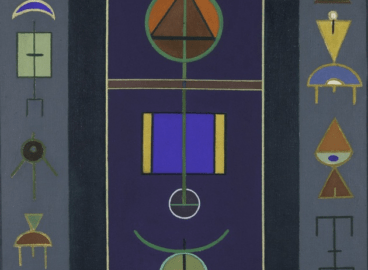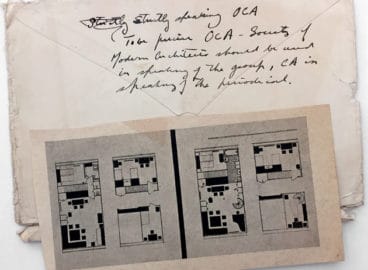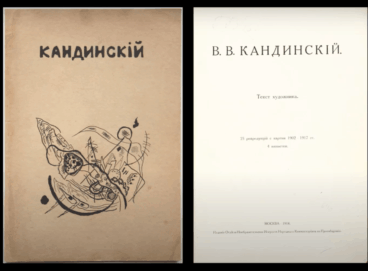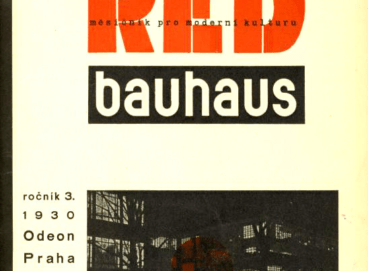In the wake of the First World War, two interdisciplinary art schools with similar values were established in Germany and in the Soviet Union: the Bauhaus (1919–33) in Weimar and Vkhutemas (1920–30) in Moscow. Vkhutemas has often been reductively referred to as the “Soviet Bauhaus,” but it is misleading to suggest that it is derivative, as the seeds of its pedagogical approach were already planted in 1918 with the establishment of its predecessor, the State Free Art Workshops. Though the two schools developed independently, their points of intersections were multiple and their interest in each other’s activities was mutual.
In 2018, on the eve of the Bauhaus centenary, the exhibition BAUHAUS ↔ VKhUTEMAS: Intersecting Parallels in The Museum of Modern Art Library explored the intersecting parallels of these two sites of radical experimentation. Its selection of ephemera, publications, and correspondence highlights the extensive circulation of ideas and people between the two institutions. Many of the items on display come from the personal papers of Alfred H. Barr, Jr., the founding director of MoMA, who visited faculty at both schools in 1927–28, including Walter Gropius, Paul Klee, and László Moholy-Nagy in Dessau (the Bauhaus’s second location), and El Lissitzky, Aleksandr Rodchenko, Varvara Stepanova, and Vladimir Tatlin in Moscow. Barr took this opportunity to collect from them first-hand information, books, catalogs, and photographs, which shaped his vision and multi-departmental plan for MoMA, established in 1929.
The exhibition was organized by Meghan Forbes and Evangelos Kotsioris. The video here features Anna Bokov’s presentation at a “post presents” event organized in relation to the exhibition on October 17, 2018. For an illustrated checklist, installation views, and related essays, please visit the exhibition page at moma.org.




